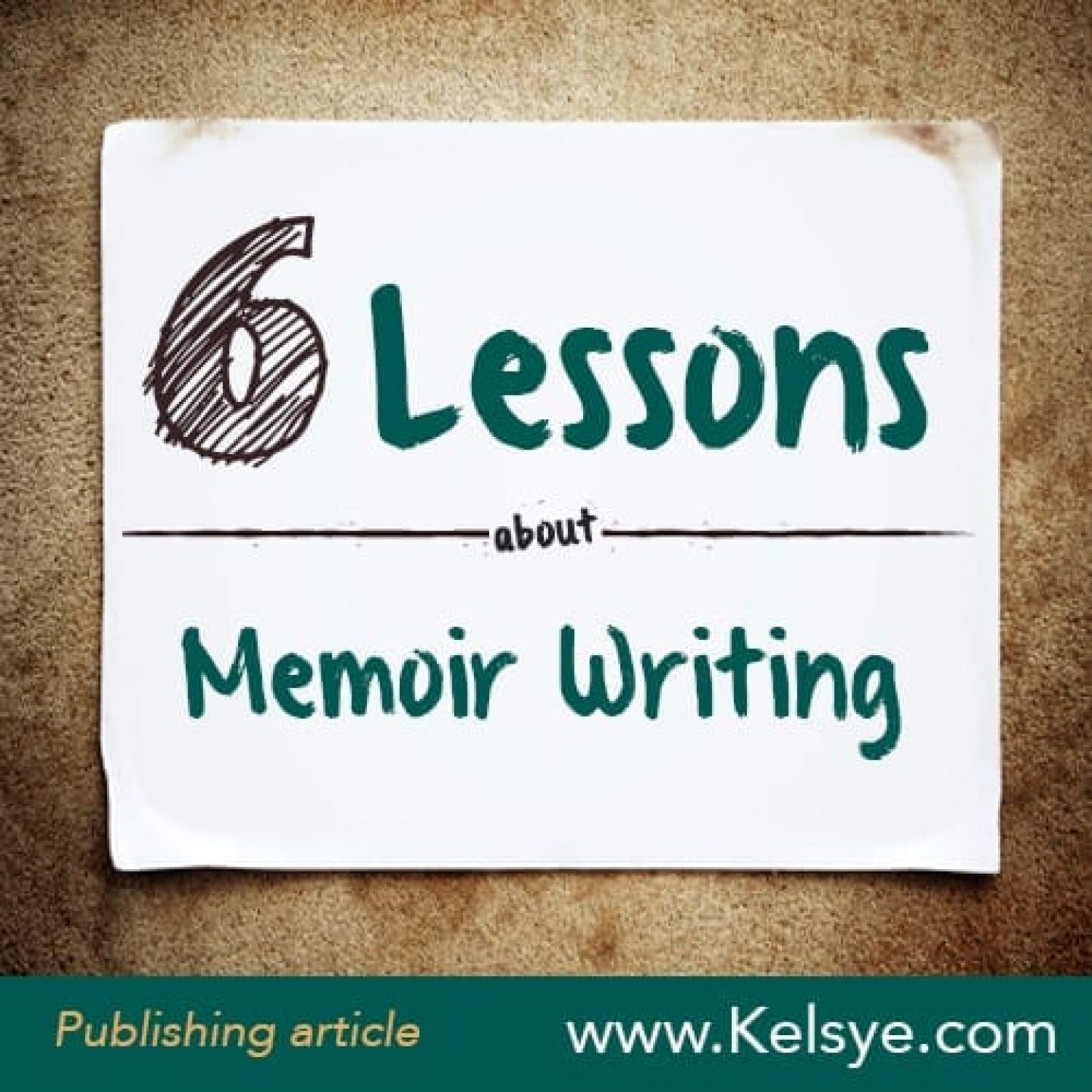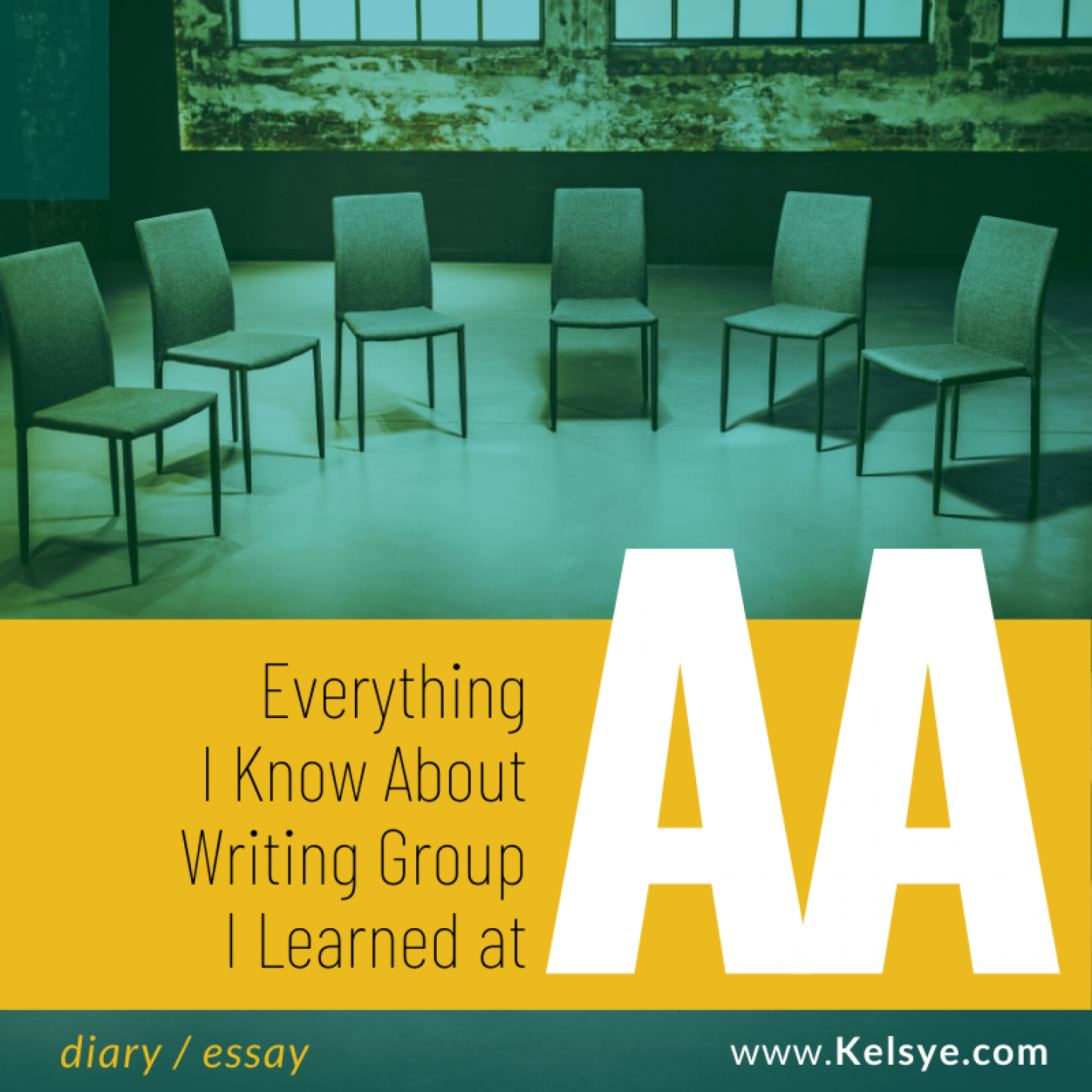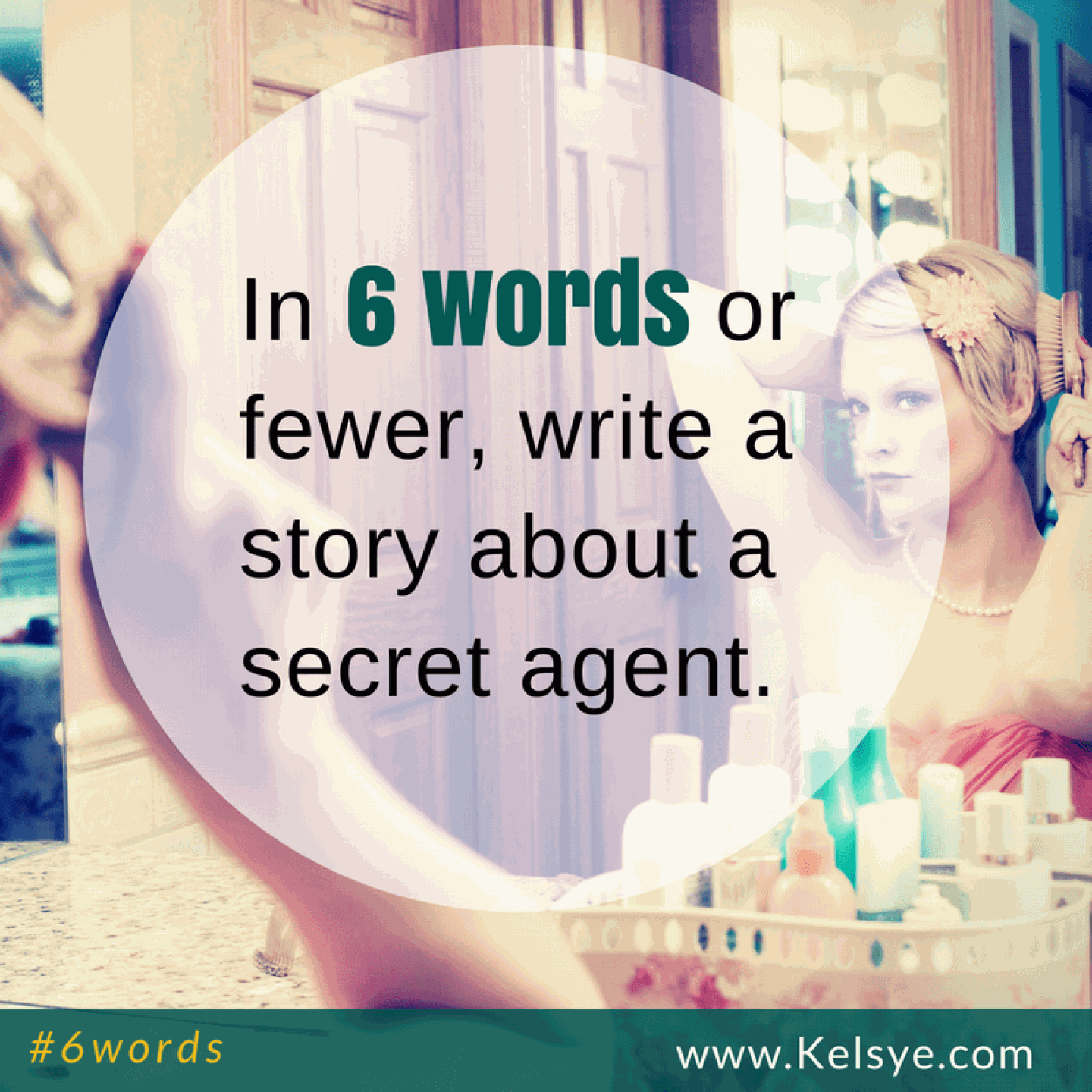
Abigail attended a writing workshop in Sonoma hosted by Theo Nestor, author of Writing Is My Drink. What follows are the lessons she learned about memoir writing at this retreat.
1. Ask the questions
One of the things I was reminded about in the workshop, and the reason I was there in the first place, was to formulate the basis for the book. It really comes down to a couple of pointed questions. The tip that Theo provided was to “adopt the attitude that your life is important and ask the question, “If you were really important, what would you be writing about?” What is the most essential thing you need to share through your story?
When I think about what I should be writing about in relation to the house, I think about what it is the house means to me, which I can more or less summarize in one word:
Sanctuary.
I get lost in another time reading Betty’s books and visiting her house (weirdly, I still think of it as her house and not mine) provides me with a similar escape. The moment I enter the house, it’s as if I have opened the door of the wardrobe in The Lion, the Witch and the Wardrobe, into a whole different world. I can physically feel myself relax. I get excited about cooking, and writing (with pen and paper), about curling up on the couch to read a real book.
In my regular life, I spend hours behind my computer only to stand up after hours of addictive-like behavior feeling dazed and foggy, and my only reprieve comes in the form of a small dog who incessantly leaves her toy at my feet for me to throw.
I refuse to hook up Internet access at the house because I know the moment I do, its magic will be lost. I need Vashon to remain my escape from a plugged-in world into a time where life was simpler, or at least lived in real time.
2. Dance into your writing
Tanya Taylor Rubinstein was one of the day’s speakers and she speaks from the perspective of a solo performance artist. My favorite moment of her talk was when she began to wiggle around the stage, doing what a writer might call a “five minute write” but in oral story form as she waved her hands around and did a little twirl and a wiggle. “It’s a whole different way of coming at the story, and if you’re stuck it might help you.” She then had us find a partner, look them directly in the eyes and tell that partner a story about a moment that changed our life. To stay in the moment, I told my partner the moment I found the Vashon house and she shared with me a powerful story of the moment she discovered she had breast cancer. By the end of five minutes I knew I had made a new friend.
3. Be “Passionately Confused”
I also liked Theo’s idea that you must be “passionately confused” about your topic. Here the question is “what is the obsession that is imbedded in your story?” What are you curious about? It is this questioning that will make your memoir compelling because as you discover answers, your reader will as well. This is the crux of memoir, the transformation of the narrator. The narrator at the beginning of the story cannot be the same as the narrator at the end and you must be clear about what that shift is. Candace Walsh, another of the speakers backed this idea up when she advised to “live the questions now. Live your way into the answers.”
As Theo spoke and the other speakers, Candace Walsh and Tanya Taylor Rubinstein continued their workshops, I began jotting down ideas about what the themes in the book might be: slowing down, motherhood, spirituality, my relationship to money, healing, food, feeling overwhelmed by life, marriage, sex.
4. Let your subtitle frame your subject matter
Another of Theo’s points was that the subtitle of a book often frames the overall idea embedded within the book, kind of like a thesis statement in an essay. It sums up the essence of what a memoir is really about. Examples of this include: “Orange is the New Black: My Year in a Women’s Prison” and “Poser: My Life in 23 Poses.” I’ll be living my way into writing the subtitle too, it seems.
5. Fame/writing memoir won’t change you
The excitement of the day was a talk by Anne Lamott, who shared her own brand of wisdom. I have long admired her work – poignant, humorous, thoughtful, and slightly sarcastic, and maybe it was because she was recovering from the flu, or something else is going on with her, but I found her words to be threaded with sadness. She told us to not expect the writing to change us, or perhaps it was to not expect fame to change us, it wasn’t quite clear. I do believe that the process of writing memoir does change you. If you follow Theo’s wisdom on the matter, writing memoir is all about the transformation.
So perhaps it was the fame thing. I have never cared about fame, and if anything I shun it. What I seek is the change in a reader who has read my work. A transformation, a comfort, a healing. It struck me as I sat in that huge hotel ballroom how many stories were represented there – hundreds of big, tragic stories that each sought an outlet. To be a memoirist of Ann Lamott’s fame must take a certain amount of strength of spirit, a sense of responsibility to those stories. What came across to me was how fragile Anne Lamott is, and how fame must be debilitating to her in a lot of ways.
6. Carry a pen and paper at all times
I did like her advice to always carry a pen and paper wherever you go and was charmed by the idea that she writes on her hand and then “transcribes her hand” when she gets home. I am horrible with writing little things down, maybe too busy living in the moment, to remember to stop it and jot it down on a piece of paper and so I felt somewhat lacking without my Moleskin and Montblanc. Still, I so admire her turns of phrases, her metaphors and no doubt, her jotting is where they come from. Time to get a notebook and a pen!
And so, I came away from Petaluma percolating with new ideas and resolutions to jot, which was my goal for the weekend. I also made some lovely new friends who I look forward getting to know, at least inside this screen, my little virtual 2014 world.









